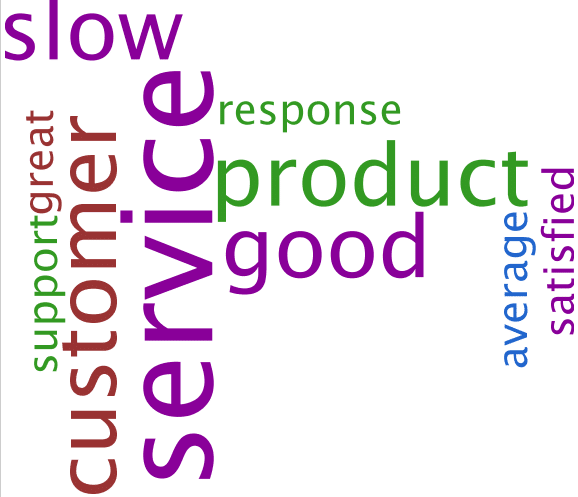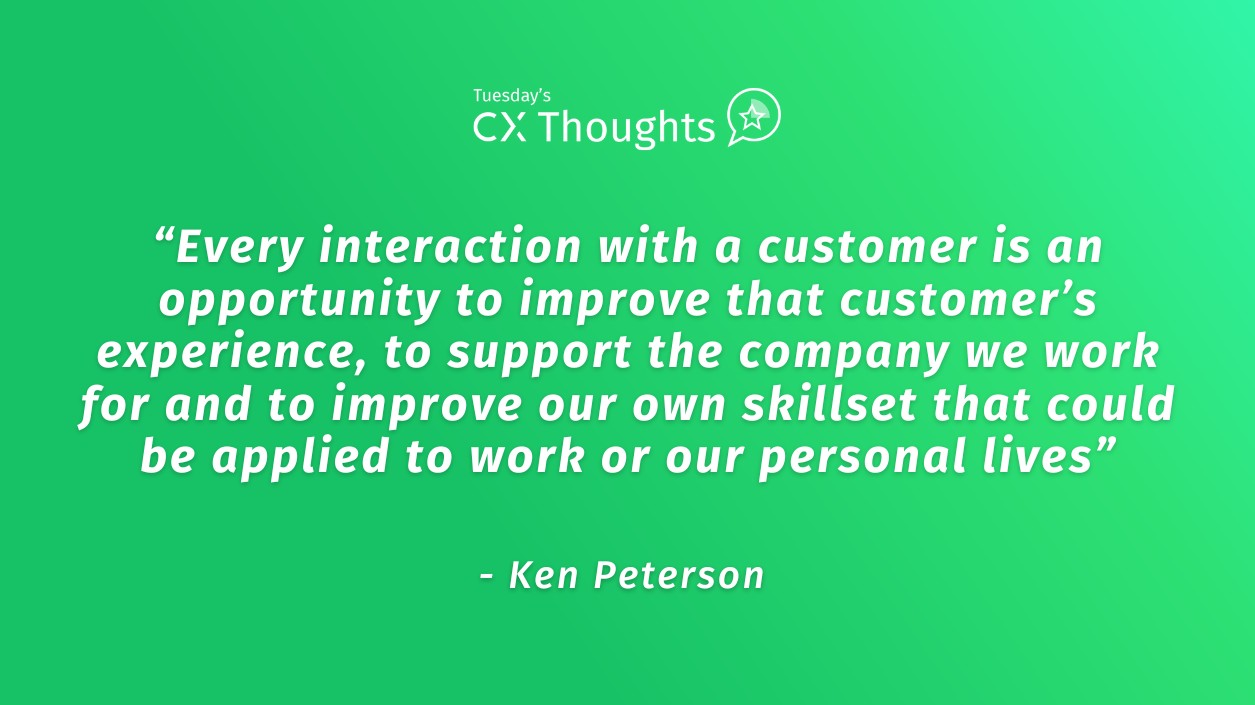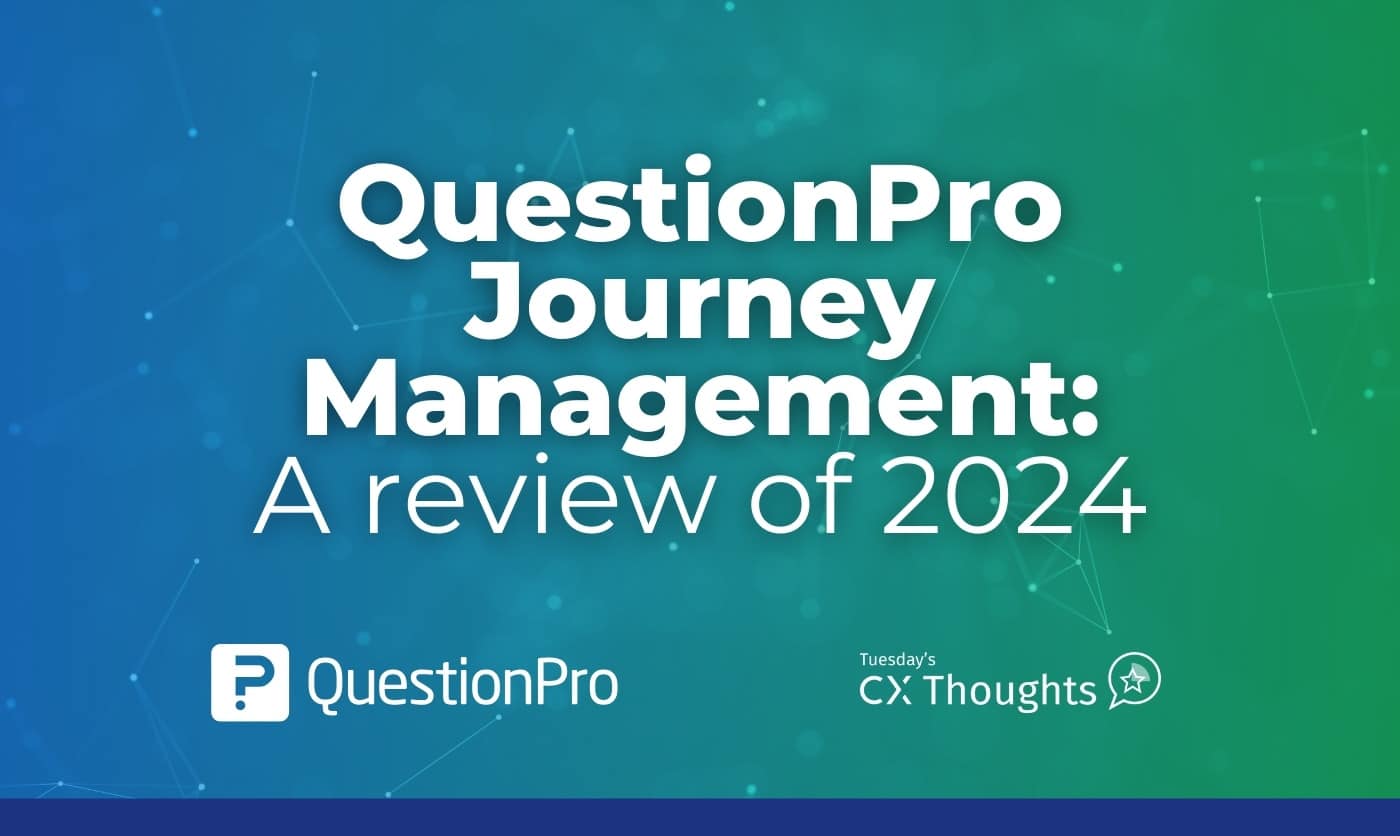
The moment you send out a survey to collect feedback from your clients, you send out a message that “You care” about how they feel and that client feedback matters to you.
An efficient client feedback tool aids in collecting feedback smartly and make sense out of the data collected to help your business grow. The voice of the customer is so important for the business that even a single unhappy customer can cost you huge business. There have been many instances when a disgruntled customer had resorted to social media and expressed discontent which led the company to apologize publicly.
Every business entity cares about their clients and look forward to promote positive word-of-mouth publicity. But, you need to collect and assess relevant data to believe that your customers are happy, or otherwise.
Let’s checkout our latest published blog about Voice of the Customer Tools for your better understanding.
How to collect client satisfaction data using a client feedback tool?
While there are many methods to collect client feedback, the best way is to run a client satisfaction survey.
Here are 3 simple steps for you to conduct efficient client feedback surveys using an online tool:
-
Design
You can either arrange an internal team meeting and discuss the questions to be asked, or you can explore our top 20 client survey questions.
To create a survey using the QuestionPro client feedback tool, log in with your QuestionPro account.
Once logged in, enter the survey name and click on “Create Survey”. To use a survey template, simply click on “use a template”.

One of the most common question types in a client feedback survey is the Net Promoter Score (NPS) question. While asking NPS questions, make sure your survey is not too long to answer. For instance, the below question doesn’t take much time on the customer’s side and gives a quick glance into how well is the customer satisfied.

You can end the survey with an open-ended question asking for comments or suggestions. Phrase the questions such that clients have a wide scope to think and express their opinion, ideas, and experience. This will give you a chance to understand the NPS score that the customer gave in the above question.

The score of the NPS question and text analysis of the comments can help you classify customers as Promoters, Passives, and Detractors. If you want detailed client feedback email, use questions that throw light on various characteristics of your products and services.


If you have multiple questions to ask and the visibility of a question depends on the answer of a previous question, then use skip logic with a page break after each question. This will make sure that if a respondent goes on to the next page of the survey, their responses from the previous page will get saved automatically. Also, if a respondent doesn’t feel like describing the reasons behind their responses and exits the survey, you’ll still know their feedback from the NPS score.
-
Distribute
Once you are all set with designing with the survey, it’s time to distribute the survey using 360 feedback tool. You need to collect enough client feedback data to reach a conclusion. A good response rate depends on the below factors.
- The number of clients to be surveyed: There is less probability that many people will be wrong. Sending a survey to more clients will give you a clear idea of the quality of your services and in general, how do they feel about it.
- The number of surveys to be sent: Send a short client feedback survey every quarter and a detailed feedback survey every two quarters. Conducting surveys at this frequency will collect client feedback data enough for extensive analysis. It will also ensure that you have insights for the near term as well as for the long-term. Sending too many surveys might irritate customers and lead to a low response rate.
- The time required to answer the survey: If the respondents find your survey to be too long to answer, they will not answer all the questions and leave the survey incomplete. So, if the survey takes about 10-12 mins to answer, chances are you will get a higher number of responses. Also, you can mention the estimated time to complete the survey in the invitation email or on the landing page of the survey, so that they can aware of how much time will it take to complete the survey. Also, show the progress bar to show the survey completion percentage.
- Survey distribution channels: If the feedback survey doesn’t get rendered well on mobile devices, clients may not feel driven to answer and complete the survey. Also, internet connectivity issues can lead to a low response rate. To overcome these challenges, you can use an offline mobile app so that customers can take the survey anytime, anywhere. Survey response rate depends on the ease of use, which in turn is affected by the device on which the client satisfaction survey is rendered. Also, client feedback software lets you preview your surveys to have an idea of how well they look on various devices. Another great way to distribute surveys is to embed a link to the survey in the email feedback. You can also run a customer feedback survey on social media sites or through a QR code.
-
Analyze
What matters is numbers! Once you have the responses, analyze what percentage of your clients is happy. It signals the direction you need to put your efforts in. The breakdown of results will help you understand the distribution of clients who are loyal, content but not enthusiastic, and unhappy.
Take a mix of high-level as well as granular approach while analyzing the results. Mitigate the risks and analyze the comments in open-ended questions to understand their concerns. Create text analysis reports to get the gist of what customers think.
For instance, our word cloud generator visually depicts the frequency of words used in the comments.


Sample word cloud of client feedback survey
If you don’t want a few words to be displayed in the word cloud, you can add them as stop words.

Use filters to focus on particular subsets of your data to see how a particular group of clients responded to your questions.
Some of the other reports you can generate to dig deeper are data segmentation, correlation analysis, and survey comparison.
What should you do with the feedback collected using the client feedback tool?
Numbers matter if you take action! The aim of collecting client feedback is to improve their experience with your brand. Share the numbers with the appropriate teams so that they can take the right action on the customer feedback, and ultimately deliver better products and services.
First of all, thank your customers for sparing some time and sharing their feedback. This customer feedback data can prove to be quite instrumental in improving your products and services, and eventually increase your business.
- Integrate with CRM
CRMs are meant to increase productivity and efficiency. Each type of client feedback like website issues, customer support issues or marketing comments, it can be directly routed to the right department. This makes the whole process much more smooth and less prone to delays and communication gap as the feedback is not just floating around. - Deep dive into client preferences
Most client feedback tools give you the ability to create and distribute surveys. What sets apart a good client feedback software from the crowd is the ability to create reports that make sense. These reports help can highlight customer preferences. For instance, a client might want to get discount mail before the festive season starts. Or say for an apparel store, customer feedback might reveal that a certain section of customers prefers a specific fabric and design in over others.
Looking to deliver an exceptional customer experience with QuestionPro CX? Discover more about how to delight your customer at every touchpoint and turn them into brand advocates.







